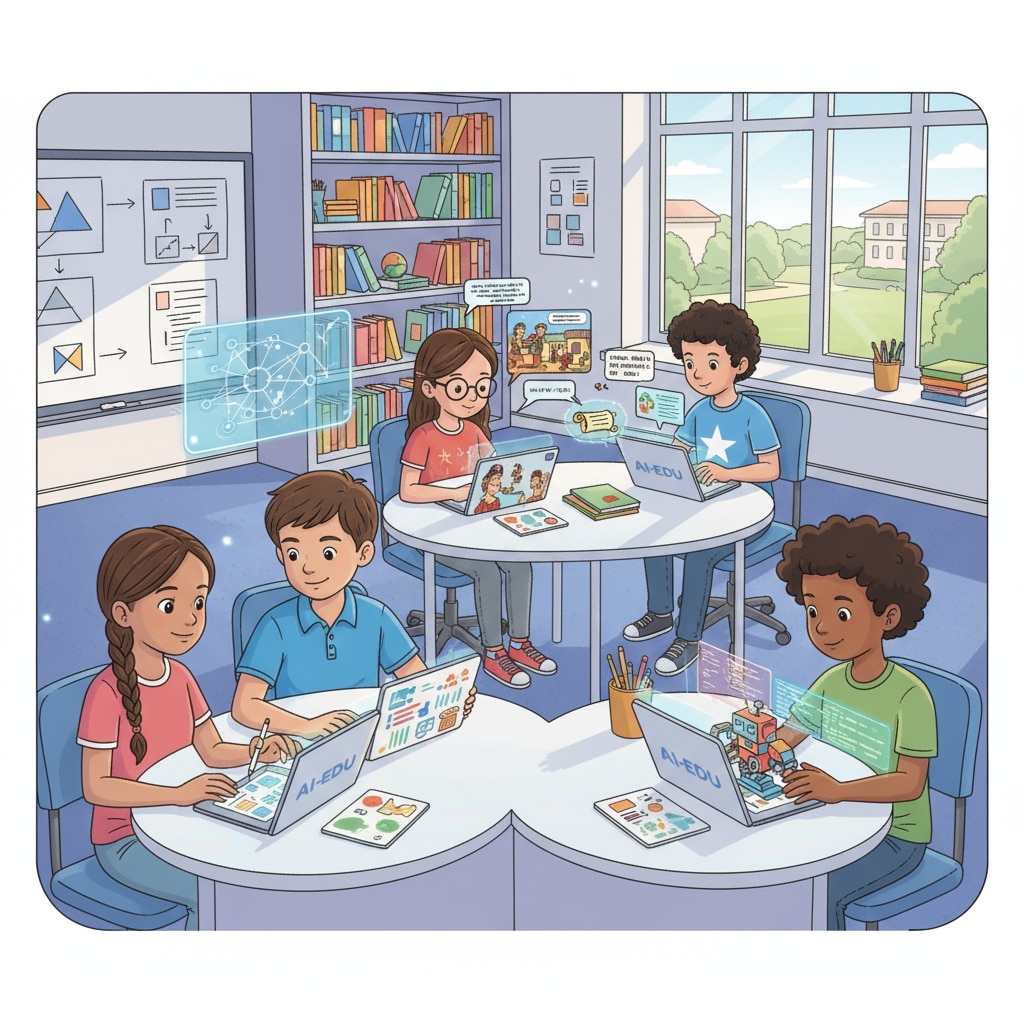AI education, learning tools, and educational technology are at the forefront of a significant transformation in K12 education. As AI continues to evolve, it has become a double-edged sword for educators, presenting both opportunities and challenges. The question of how to integrate these powerful tools into the classroom while maintaining the integrity of traditional education methods is a complex one.

The Rise of AI in K12 Education
AI has rapidly made its way into K12 classrooms in recent years. These educational technologies offer personalized learning experiences, adapting to each student’s pace and style. For example, AI-powered tutoring systems can provide instant feedback, helping students better understand difficult concepts. Additionally, some platforms use AI to analyze student data, enabling educators to identify areas where students may be struggling and adjust their teaching accordingly. However, this new wave of innovation also brings concerns.

The Promises of AI as Learning Tools
One of the most significant advantages of AI in education is its potential to enhance learning. AI learning tools can offer customized learning paths, catering to the diverse needs of students. For instance, language learning apps with AI capabilities can adjust the difficulty level based on a student’s performance, making the learning process more efficient. Moreover, AI can facilitate access to a vast amount of educational resources, breaking down geographical barriers. As a result, students from all backgrounds can benefit from high-quality learning materials.
The Concerns and Limitations
Despite the numerous benefits, there are valid concerns about the over-reliance on AI in K12 education. One major worry is the potential negative impact on students’ critical thinking and problem-solving skills. If students become too dependent on AI to provide answers, they may not develop the ability to think independently. Additionally, there are issues related to data privacy. Educational institutions must ensure that student data collected by AI tools is protected. In addition, the accuracy of AI-generated content is not always guaranteed, and educators need to be vigilant in verifying information.
In conclusion, finding the right balance between embracing AI education, leveraging learning tools, and upholding the core values of traditional education is crucial. K12 educators need to carefully consider the appropriate use of these educational technologies. By doing so, they can harness the power of AI to enhance learning experiences while safeguarding students’ long-term development. Artificial intelligence in education on Wikipedia AI in education article on EdSurge
Readability guidance: This article uses short paragraphs and lists to summarize key points. Each H2 section provides a clear set of ideas. The proportion of passive voice and long sentences is controlled, and transition words are used throughout to enhance readability.


